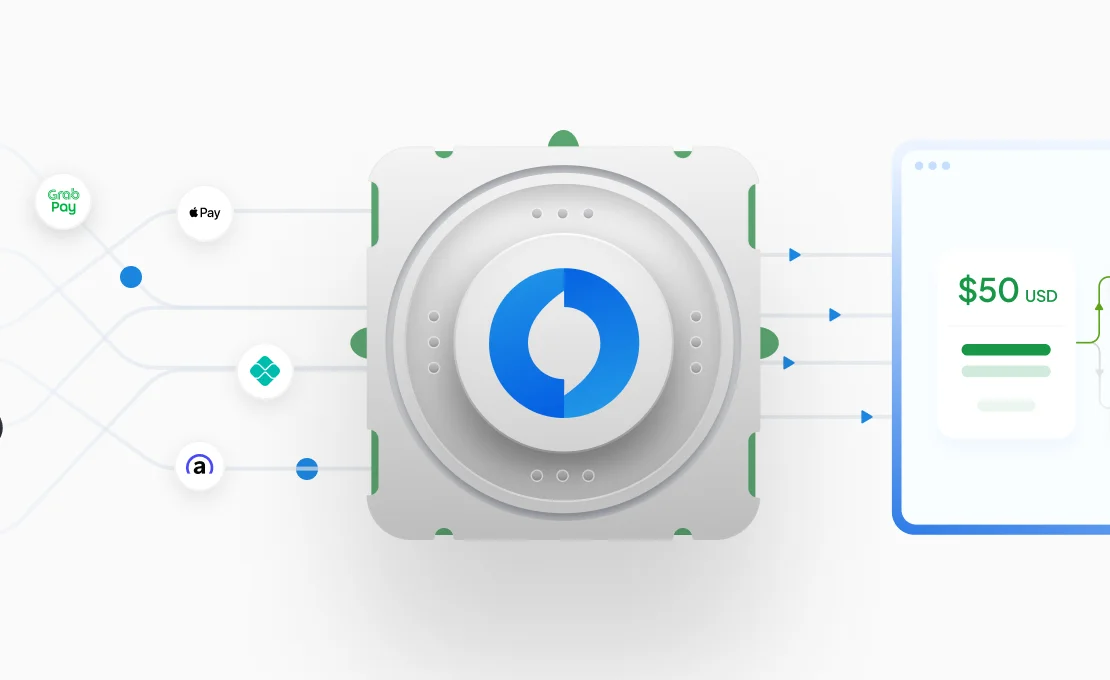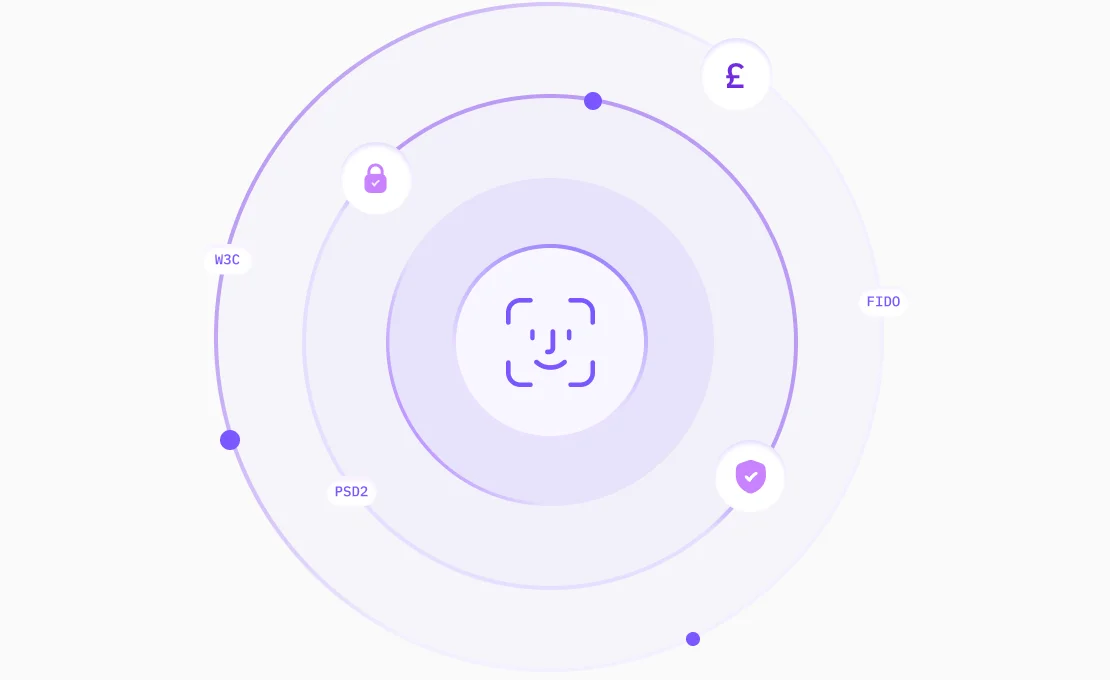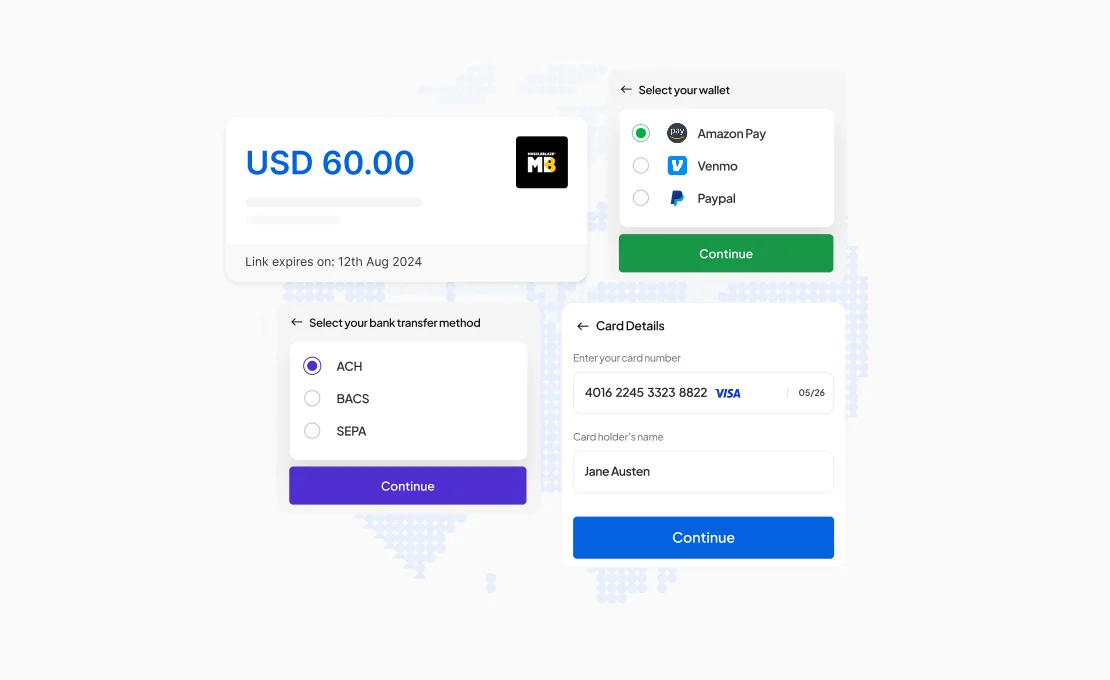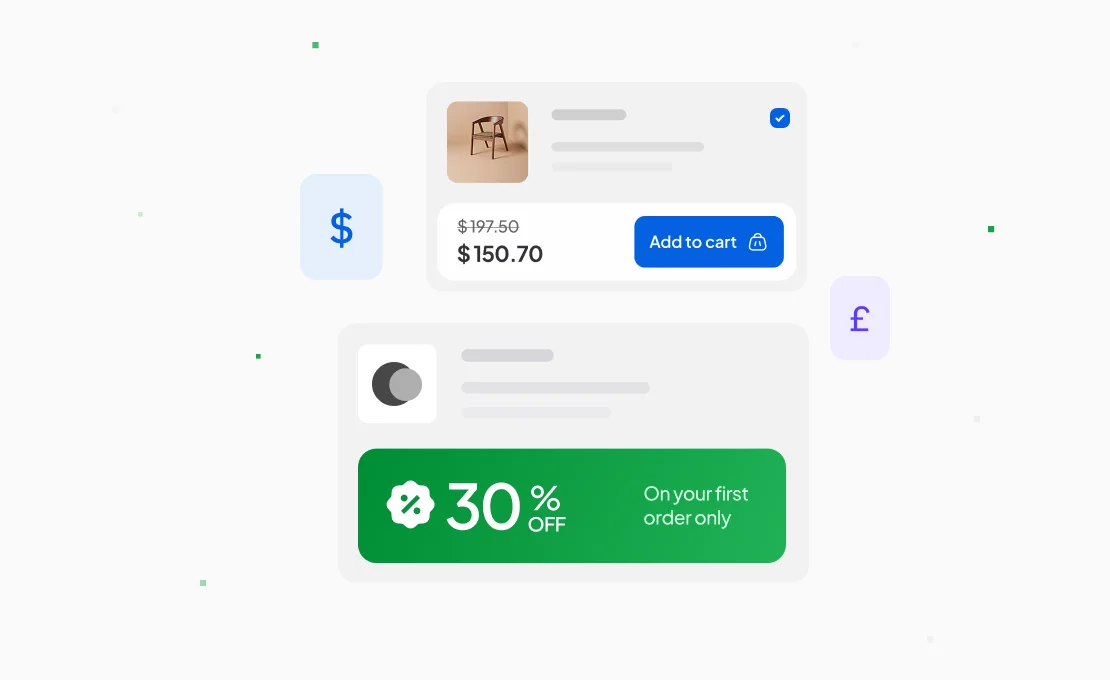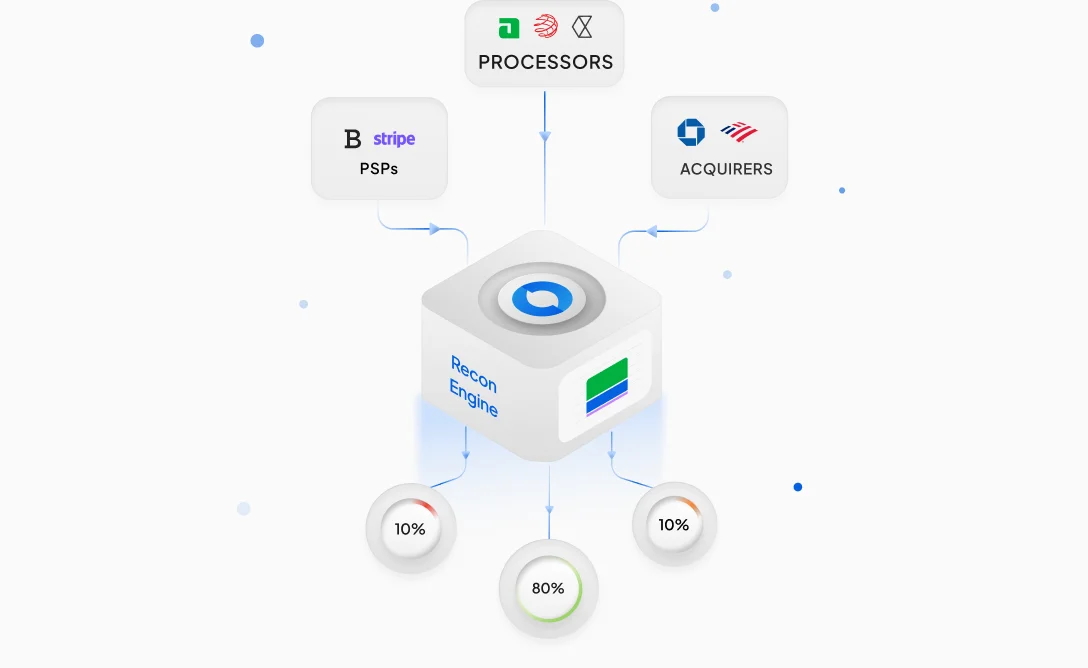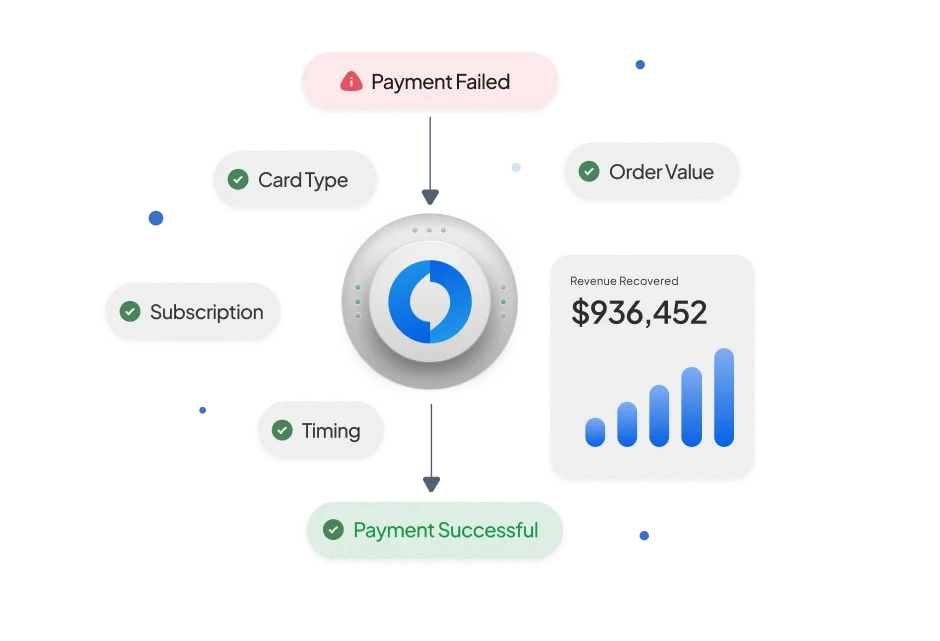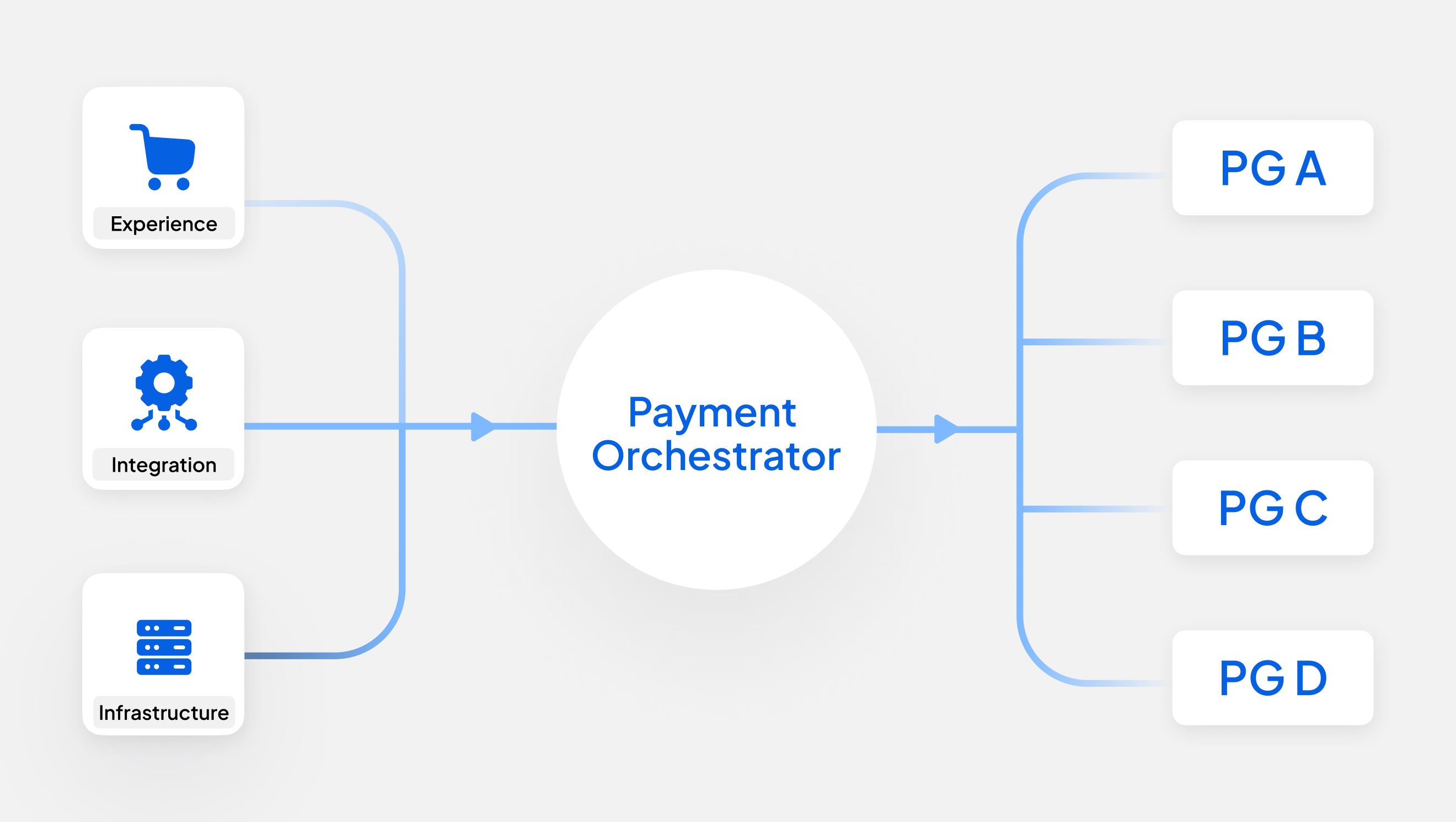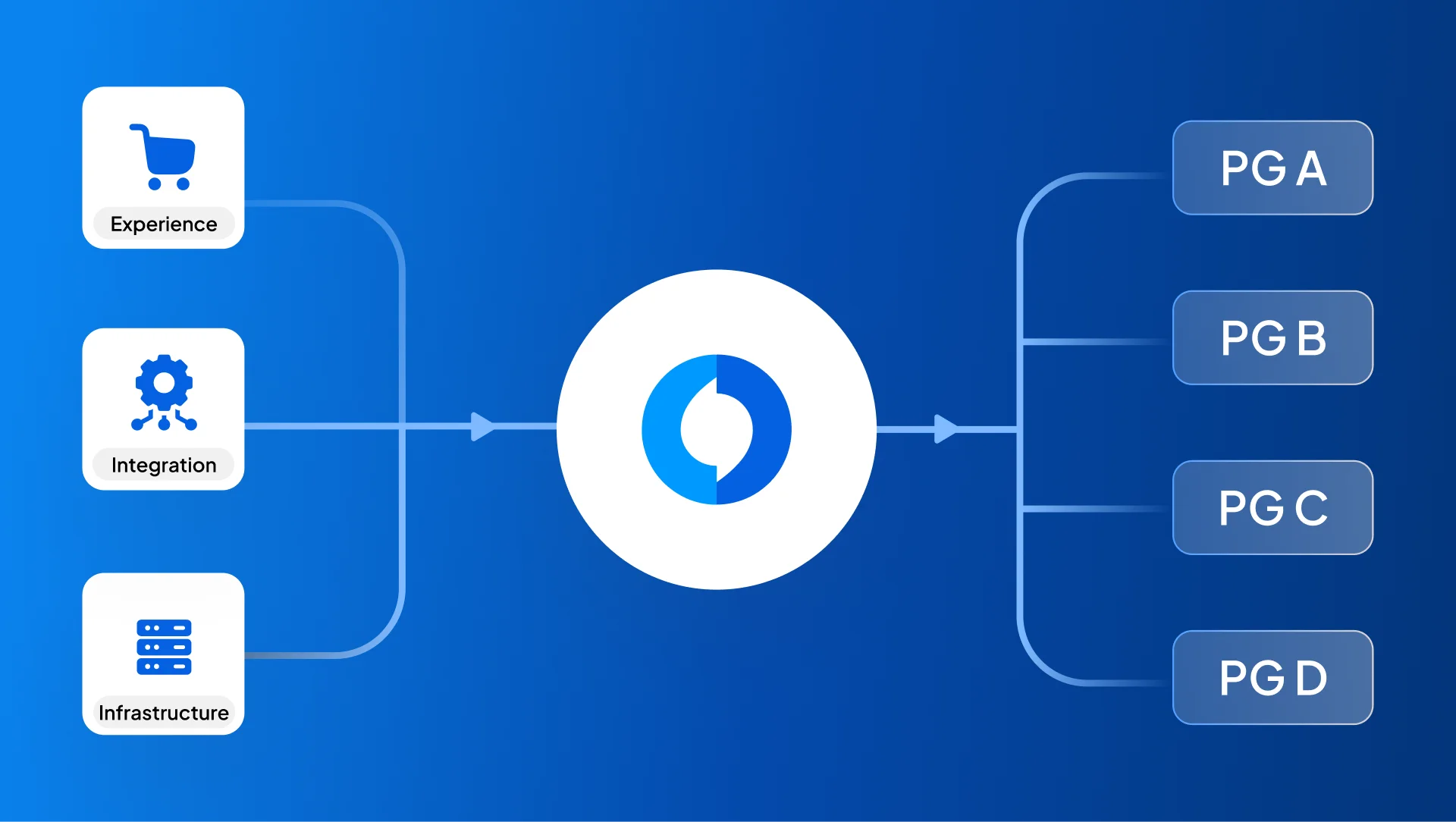For enterprise merchants, quarterly roadmaps are sacred. They reflect cross-functional priorities across product, finance, engineering, and operations. Every initiative on that list is judged for ROI, urgency, and alignment with growth goals.So it’s easy to see why payment processing cost optimization doesn’t always make the cut.
Organizations may think that the payments stack is already live and stable. Payment fees are viewed as pass-through costs. The P&L isn’t screaming. On the surface, there’s no “fire.” But here's the problem: payment fees are silent compounding liabilities.
Left unobserved, they can quietly balloon into multi-million dollar drains on your margin.
And the good news? Reducing them is no longer a manual, time-consuming effort. It’s now a programmable layer, much like cloud costs or CAC. In fact, it’s easier and more strategic than ever before.
Let’s unpack why this matters now more than ever and why prioritizing payment cost control today pays off in strategic leverage tomorrow.
The Org-Wide Nature of Payment Cost
Payment fees are not just a finance line item, they’re an outcome of product choices, engineering flows, and commercial relationships.
Take for instance, a global airline integrating multiple regional wallets. Their product team decides on offering instant refunds. That product experience decision affects downstream payment retries and cost. Similarly, a subscription app prioritizing frictionless renewals may unintentionally allow retries that favor higher-cost PSPs.
Payment cost is shaped by:
- Product defining checkout flows, tokenization strategy, or payment methods
- Engineering managing data fields like AVS/CVV or Level 2/3 enrichment
- Payments/Ops handling PSP configuration and routing logic
- Finance allocating cost across BUs and negotiating contracts
If these teams don’t share a unified view of fees, it leads to blindspots. Engineering may not see downgrade triggers. Finance may not know if blended pricing masks true costs. Ops may not catch retry loops with high-cost acquirers.
The shift required is cultural as much as technical: treat payment cost with the same scrutiny as cloud, CAC, or logistics spend.
Why Now? — The Compounding Effect of Delay
Over the last decade, enterprise merchants have built resilient, high-performance payment stacks with multiple acquirers, advanced fraud controls, intelligent retries, and global coverage.
But beneath that sophistication lies a tangle of fees:
- Interchange paid to card issuers
- Scheme fees paid to networks like Visa and Mastercard
- Acquirer and PSP margins
- Downgrade penalties due to missing data or delayed settlement
- Authorization and retry fees
- Cross-border surcharges
- Tokenization and compliance add-ons
These fees don’t appear as a line item in your P&L. They’re buried inside provider fee reports and rolled up into “cost of payments” aggregates.
But the impact is very real.
A 10 bps increase in your effective processing rate of $5B in card volume = $5M in additional cost.
And that’s not due to new features or growth, it’s often due to invisible shifts: a change in scheme fees, a spike in commercial card usage, or a misconfigured retry flow.
Every quarter payment cost optimization is pushed down the roadmap, hidden inefficiencies pile up. Here’s why acting early matters:
1. Structural Inefficiencies Get Normalized - Blended pricing, silent downgrades, and misconfigured retries become baseline. Without audits, costly patterns like missing AVS data or high downgrade rates go undetected and scale across new regions or flows. What starts as minor leakage silently compounds into a systemic margin drain.
2. Network Changes Don’t Wait - Card networks like Visa and Mastercard revise fee structures twice a year. If you’re not forecasting these updates, changes like new scheme surcharges or stricter downgrade criteria impact your costs without warning. Most merchants notice only after the invoice spikes.
3. Provider Leverage Increases - Without detailed cost visibility, you can’t challenge “market standard” pricing. You enter renewals or negotiations with no proof of overcharges, missed rebates, or silent fee hikes, locking yourself into suboptimal rates you could’ve contested with data.
4. Cross-Functional Misalignment Deepens - When costs rise, finance feels the heat, but engineering, product, and payments may not even see the problem. Without a shared cost baseline, no team feels ownership so fee inefficiencies stay unresolved across quarters and geographies.
5. Missed Time = Missed Savings - Every month you delay means real dollars lost. Even 20 bps inefficiency on $1B volume is $2M in annual leakage. And the longer it continues, the harder it becomes to claw back savings or claim refunds from providers.
A Better Way to Think About Cost Control
Most merchants treat payment cost control as a one-off task, something to revisit during provider renewals or after a sudden spike. But the real shift happens when you embed cost observability into your operations, just like you do for CAC or cloud spend. It’s not about making payments a constant focus, it’s about making cost intelligence always available when you need it.
Imagine your org says:
| Delay Mindset | Proactive Mindset |
| "We’ll look at this after Q4." | "Let’s baseline the cost now and track shifts quarterly." |
| "Fees are consistent, no issues reported." | "Let’s audit for downgrade patterns or creep." |
| "Blended rate works for now." | "Let’s unpack the actual cost per transaction." |
| "Forecasting is too complex." | "Let’s simulate the impact of the next scheme update." |
Cost control is not about firefighting. It’s about readiness. When your payments stack is observable and forecastable, you gain strategic leverage in every product rollout, every provider negotiation, and every market shift.
Why Reducing Cost Is Easier Than You Think
Reducing payment processing costs once meant complex spreadsheets, manual audits, and cross-team alignment, making it feel like more effort than it’s worth. But today, with better tools and automation, what used to take weeks can now be done in hours. The barriers have dropped, and cost optimization is no longer a heavy lift, it’s a low-effort, high-leverage win.
Until recently, cost optimization required analysts to:
- Pull PSP/acquirer files across formats
- Reverse-engineer fees using network rules
- Align finance and engineering for forensic audits
- Manually forecast new fee programs
Today, cost observability platforms change that.
Merchants can now:
- Auto-ingest reports from PSPs, acquirers, and networks
- Decompose fees into interchange, scheme, and markup
- Spot downgrade-prone transactions or retry loops
- Simulate upcoming fee changes by Visa/Mastercard
- Access insights without disrupting provider relationships
Example: An ecommerce marketplace detected a 31 bps cost spike on wallet-based payments in the USA. By tracing the issue to incomplete tax identifiers triggering downgrades, they updated backend logic and recovered $800K annually.
These are no longer edge cases, they're patterns.
Introducing Juspay Cost Observability: Make Cost a Controllable Layer
At Juspay, we’ve seen the same story play out: high-growth merchants scaling globally, but unable to answer one basic question—"What exactly did this transaction cost me, and why?"
That’s why we built the Cost Observability Tool.
It helps you:
- Unify fee data across providers, geos, and business units
- Break down costs into interchange, scheme, and markup
- Flag downgrade penalties, anomalies, and fee creep
- Run forecasts for upcoming network rule changes
- Enable optimization without re-architecting your stack
There’s no migration. No code changes. No disruption.
Just upload your fee reports, we’ll show you exactly where the margin is leaking and how to fix it.
Feel free to experience the demo of our tool here. No credit card required.
Frequently Asked Questions
Q1: Why do we need observability even after negotiating great rates
Because pricing is only half the story. Misapplied tiers, silent surcharges, and blended masking can still erode margin despite contracts.
Q2: What happens when scheme fees change, and we don’t act?
You absorb them as cost inflation. New micro-fees or cross-border rule tweaks are common and often buried in network updates. Without forecasting, they become post-facto surprises.
Q3. How is cost observability different from reconciliation or accounting
Reconciliation checks what you got paid. Cost observability reveals what you paid and why. It breaks down every transaction's fee path (interchange, scheme, markup), detects anomalies, and explains margin loss drivers. It’s forward-looking, built for strategy, not just accuracy.
Q4. What’s the first step to get started with fee observability?
Start by centralizing your fee reports PSP invoices, acquirer statements, and network fee files. Feed them into a system that can normalize, parse, and analyze transaction-level fee components. Even a 90-day historical audit can reveal insights worth millions.
Q5. What does the Juspay Cost Observability Tool do? How does it help you?
Our Cost Observability Tool gives enterprise merchants complete transparency into payment processing costs. It breaks down every transaction’s fees into interchange, scheme, and acquirer markup; detects anomalies like downgrades and retry loops; and helps simulate cost impacts of network changes. It’s built to help finance, product, and engineering teams align on fee insights and unlock margin improvements, without disrupting your existing payments stack.
Q6. How secure is my data with the Juspay Cost Observability tool?
Your data security is our highest priority. We're hosted on secure cloud infrastructure powered by AWS and GCP, and certified with PCI DSS 4.0, ISO 27001:2022, and SOC 2 Type 2. We process millions of transactions securely at scale, with strict access controls, full audit logging, and role-based permissions. Every layer of our platform is built to earn and maintain your trust.
Q7. Does this tool support on-premise deployment?
Yes, we offer both cloud-based SaaS and on-premise deployment options. Whether you prefer a managed solution or need to host it within your own infrastructure for compliance reasons, we've got you covered.
